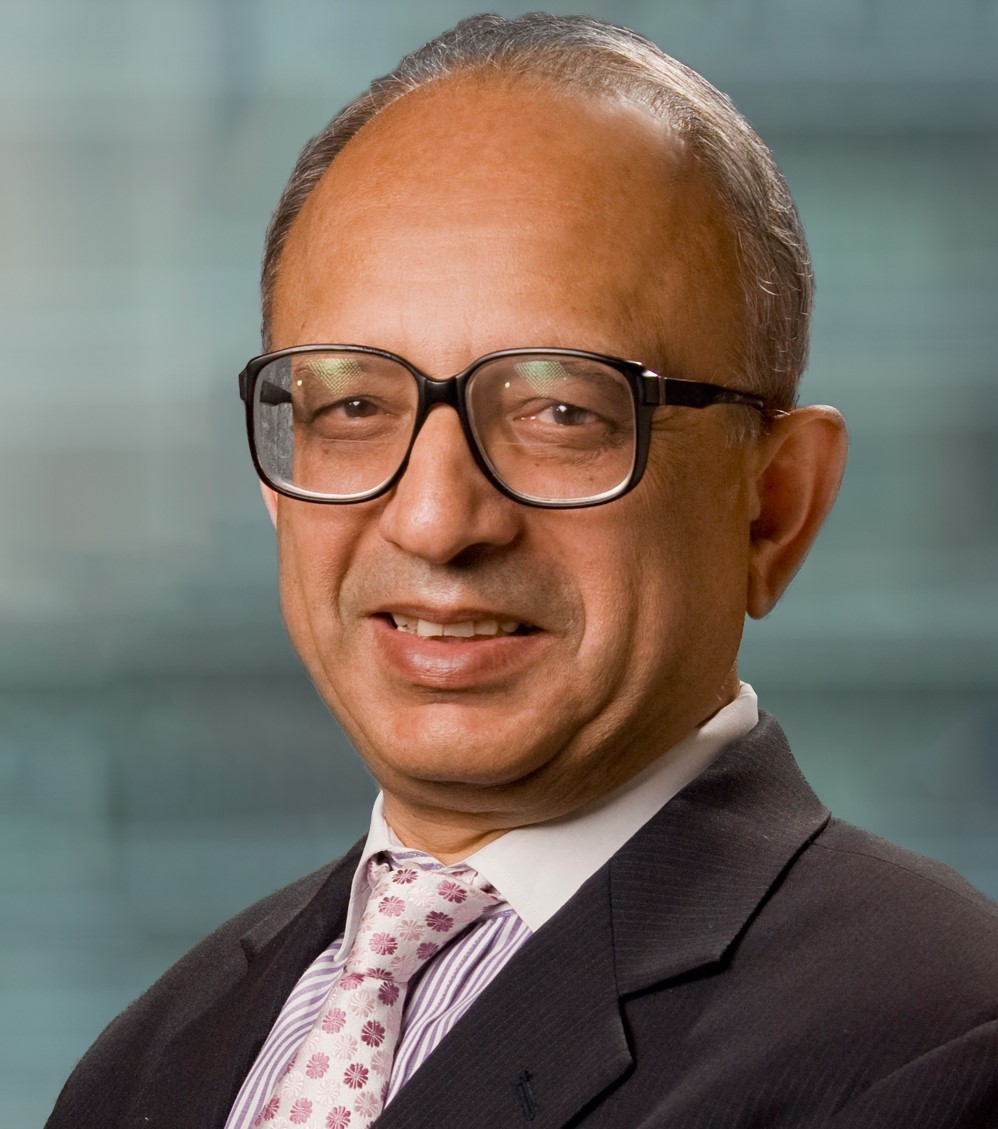The recent state elections revealed a big Narendra Modi wave in Rajasthan (vote share up 12 percentage points), and to a lesser extent in Madhya Pradesh. But in Delhi, an AAP wave swamped the Modi wave. The BJP’s vote share actually dropped 2 percentage points. Can the AAP effect beat the Modi effect in enough constituencies in the 2014 general election to deny Modi the prime ministership?
BJP supporters claim that the AAP is a limited Delhi phenomenon, not scalable nationally. But two major anticorruption movements in past decades both swept the whole country. One was the Jayaprakash Narayan movement in the 1970s that toppled Indira Gandhi. The second was the VP Singh movement in the 1980s that toppled Rajiv Gandhi. The AAP movement is the third such, and can scale up like the other two.
Since the general election is just five months away, some analysts say the AAP doesn’t have enough time to organize and spread. Yes, time is short. But the AAP is a wiki-phenomenon , able to raise funds and volunteers in astonishing numbers very quickly. Major political parties pay Rs 500-1000 /day to supposed volunteers, whereas the AAP is flooded with unpaid volunteers. It raised Rs 20 crore for Delhi in two months from small donors, and became the only party to ever stop accepting election donations, saying it had enough.
“Crowd-funding” financed Barack Obama in 2008. It financed Arvind Kejriwal in Delhi. It can finance the expansion of the AAP to all major cities. The party claims to have organized itself already in over 300 constituencies. It will have to co-ordinate with existing NGOs in such areas to quickly select and field suitable candidates. The task is feasible though not easy — NGOs often fight one another like cats.
India’s anti-corruption mood today is strongly reminiscent of the JP and VP Singh movements. The two earlier movements gathered momentum at an unprecedented pace. The AAP has the potential do so too.
The JP movement started with the Nav-Nirman (reconstruction ) agitation in Gujarat. This erupted in January 1974 and forced the exit of the Chimanbhai Patel government within three months. Neither time nor money was required for this spontaneous expression of widespread public anger.
JP attempted to scale this to a national level. Indira Gandhi called this insurrection and used that as an excuse to impose Emergency rule on India. The ploy ultimately failed: she was swept out of office in the next 1977 elections.
VP Singh took much longer, around two years, to organize and beat Rajiv Gandhi at the polls. Both the JP and VP movements attracted prominent Opposition parties that could pool their resources, gaining national scale. The AAP is going it alone. This radical stance is attractive to many, yet means that it lacks the width of the earlier two movements.
So, the AAP will not win anywhere near as many seats as the JP or VP Singh movements. But unlike the other two movements, the AAP does not aim at forming the next Central government. It simply aims to win enough seats to become an important player. India has 53 cities with over one million population, fertile ground for the AAP. If it wins 20-40 seats, that could leave the BJP well short of the 200-seat target Modi is aiming for.
The AAP appeals to many of the same groups that Modi attracts — youngsters, the urban middle class, and a wide swath of people fed up with the entire spectrum of political parties. Modi offers a vision of change, but within the existing political framework. The AAP offers radical change outside the existing framework.
In some exit polls, half of those voting for the AAP in Delhi said they would vote for Modi in the general election. BJP supporters cite this as proof that the Modi effect will beat the AAP effect in 2014. However, the opinion poll actually reveals preference for the AAP combined with the well-known reluctance of voters to waste their vote on a candidate having no chance.
Before the Delhi election, the AAP was thought to have no chance at the national level. But after its stellar Delhi performance, it has a definite chance of scaling up at the national level. So, many anti-incumbent voters who voted for Modi in the state election could switch to a more radical alternative, the AAP, in the general election.
This is far from inevitable. The AAP has yet to prove its ability to seize the golden opportunity dangling before it. But it can draw hope from the two earlier anti-corruption agitations. Public anger can scale up astonishingly fast.


I always find a ting of anti – bjp in your articles. It seems you are biased. Before AAP when bjp was gaining momentum, you never commented they will win 2014. However after AAP getting 28 seats in Delhi, you see them at National level. Sorry but I do not agree.